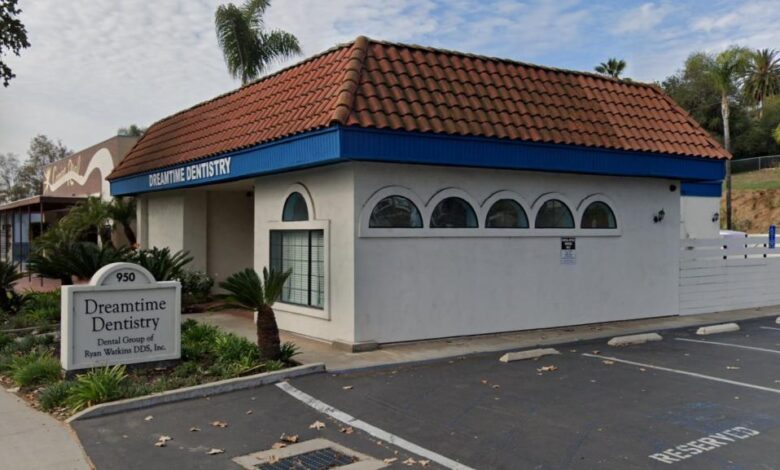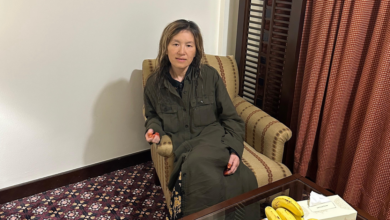9-year-old girl dies after being sedated for dental surgery at California practice: report

A 9-year-old girl tragically passed away on the way home from a dental procedure involving anesthesia at Dreamtime Dentistry in Vista, California. The child had undergone dental surgery at the facility on March 18 and seemed to be in good condition following the procedure. She was moved to a recovery room before being discharged to go home with her parents.
Unfortunately, on the car ride home, the young girl fell asleep and was later found unresponsive by her family. She was rushed to Rady Children’s Hospital in San Diego but was pronounced dead shortly after arrival. The cause of death is still under investigation by the medical examiner, and it is unclear if the dental procedure played a role.
Experts caution against jumping to conclusions too quickly but acknowledge the inherent risks associated with procedures that require sedation, particularly for children. Dr. Michael Davis, a retired dentist, emphasized the higher risk involved when a child undergoes general anesthesia compared to an adult. Children require lower dosages of medications like anesthesia due to factors such as their size and metabolic rate. Some individuals, like natural redheads, may also have genetic mutations that affect their response to anesthesia.
At Dreamtime Dentistry, Dr. Ryan Watkins is the only dentist who performs sedation procedures. In 2016, Watkins was investigated by the Dental Board of California after an adult patient nearly died following the administration of an unnecessary drug during a procedure. As a result, Watkins was placed on probation from 2020 to 2023.
The tragic incident serves as a reminder of the potential risks associated with sedation procedures, especially for children. It underscores the importance of thorough medical evaluations, proper dosages, and close monitoring during and after dental surgeries that involve anesthesia. As the investigation into the young girl’s death continues, the dental community and regulatory authorities may reevaluate safety protocols to prevent similar tragedies in the future.





